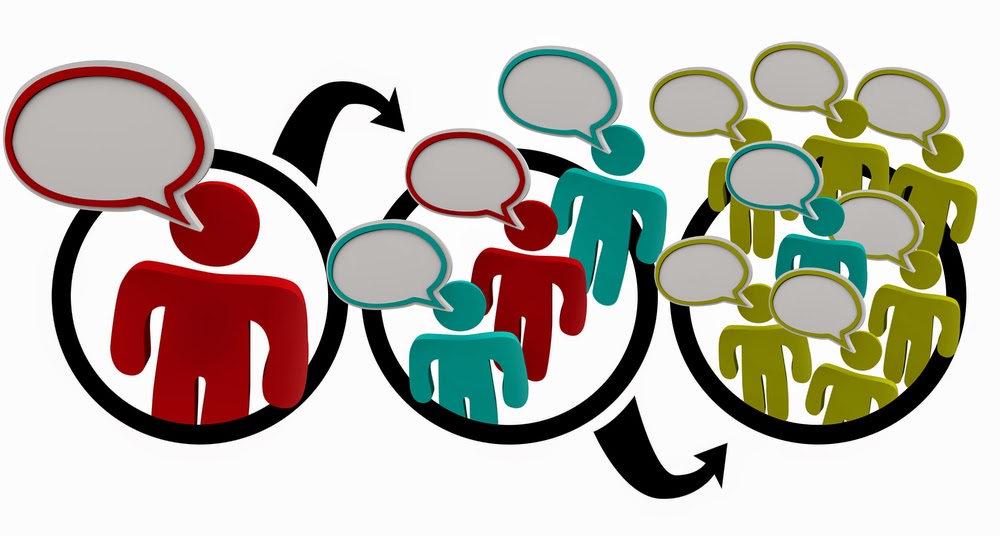John Berger offers the STEPPS as a framework which he defines succinctly with the following list/acronym which really must be understood alongside the book's narrative on the research behind it and the examples described as well as on the paramount concept that word of mouth IS the vehicle that makes things, products, ideas, etc. (IT) viral.
- (S) Social Currency - make talking about IT make people look good, appear smart, worth remarking on to others, feel like an insider, can game-like mechanics like points etc be employed to initiate competitive or habitual achievement type behaviors.
- (T) Triggers - make as many associations or links to IT from other things as is sensibly or logically possible; other things that are themselves popular, common place, or commonly encountered often in everyday life.
- (E) Emotion - make IT generate emotion when talked about, the more intense the type of feeling, negative or positive, the better as long as the negative type does not turn away people.
- (P) Public - make IT publicly tangibly visible when people use IT or talk about IT and if possible make IT reverberate over time after public use or exposure.
- (P) Practical Value - make IT help people and thus help people help others by sharing information about IT; make it easy for people to help others by spreading, sharing, or talking about IT
- (S) Stories - make IT part of a story that can be retold in a way that cannot leave out IT; make IT integral to the narrative but make sure the story is itself worth retelling by making it broadly interesting while also making use of the other STEPPS if possible within the tale.
The more of the STEPPS that can be applied to IT the better but they are not an all or nothing proposition and they are not sequential. This is just a quick smattering of the concepts in this book. To fully understand each the book should be read in its entirety.

No comments:
Post a Comment